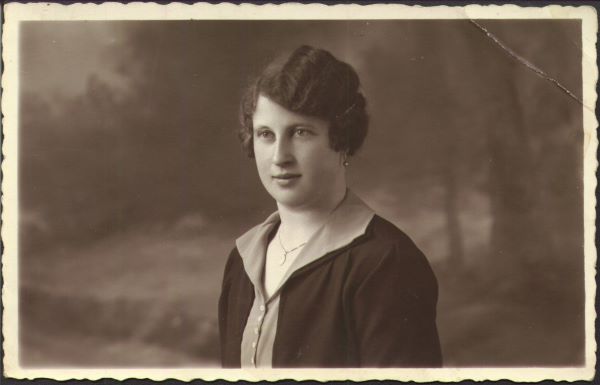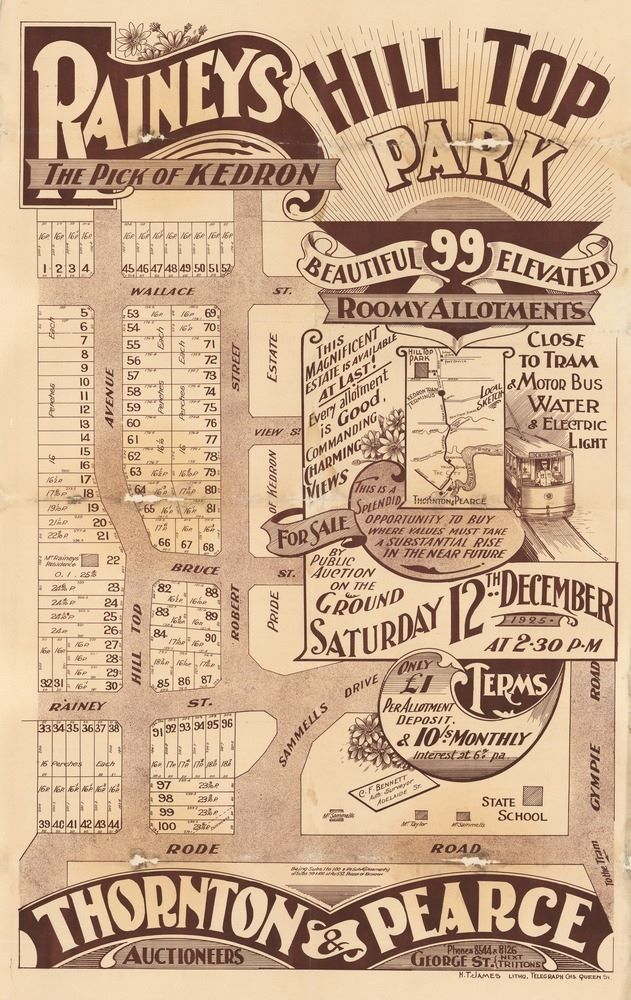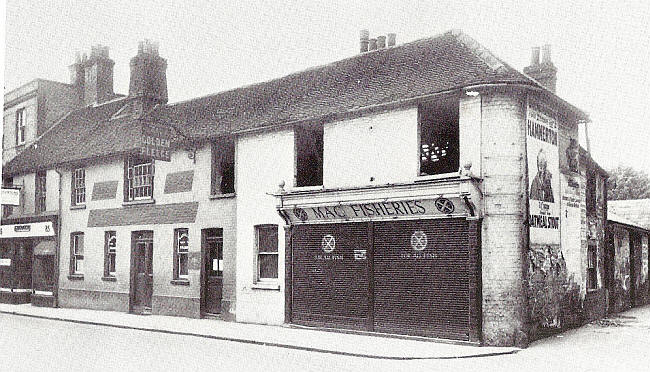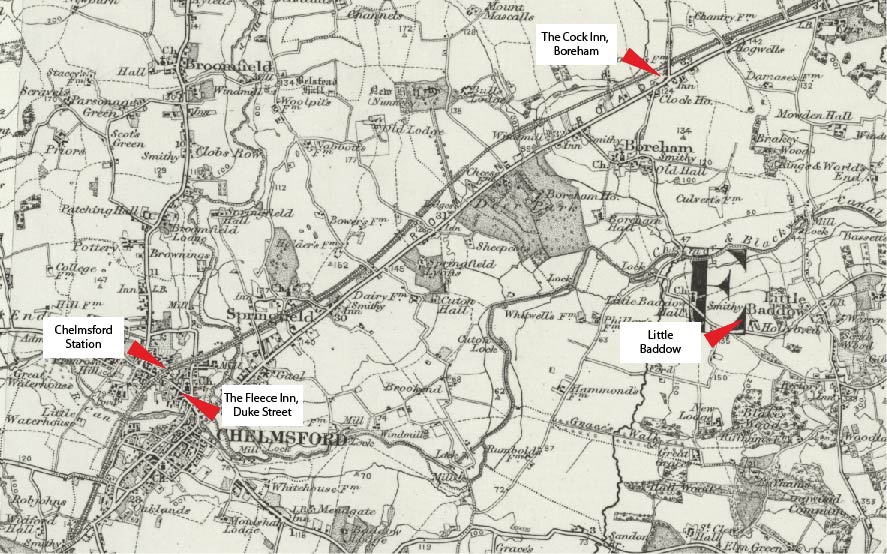
Florence Dehoux married Leon Befays in Belgium in 1928. I was able to find Leon’s birth record fairly easily but had never managed to locate Florence’s.
It turns out there was a good reason for that… Florence was not born Florence Dehoux after all, but Florence Moreau! An official note next to the birth entry indicates that her parents were not married when she was born. When they married two years later, Florence was ‘legitimised’ as a child of their marriage.
Florence Marie Joseph Ghislaine Moreau was born 6 May 1903 at Wagnelee, Hainaut to 21-year-old Laure Moreau. Laure’s father Joseph registered the birth with the civil registrar the next day. {Note: although the name was recorded as Moreau, Joseph signs his name as Moreaux, as does Laure on her later marriage record.)
Laure would go on to marry Eugene Joseph Dehoux (from the nearby village of Saint-Amand) on 25 February 1905 at Wagnelee.
Transcription:
L’an mil neuf cent trois, le sept du mois de mai à nix heures
du matin, Pardevant NOUS Stanislas Wauthy, Echevine,
par délégation Officier de l’Etat-Civil de la commune de Wagnelée,
province de Hainaut, est comparu Joseph Moreau, âgé de cinquante huit ans,
journalier, domicilié à Wagnelée, lequel a [aniste’d ?] l’accouchement,
qui nous a déclaré que le jour précédent â huit heures et denné ou soir
est né en cette commune de Laure Moreau, ménagere, célibataire âyée
de vingt un ans, née à Wagnelée et y domiciliée
________, un enfant du sexe
feminin qu’ il nous a présenté et auquel il a donné les prénoms
de Florence-Marie-Joseph-Ghislaine
les dites déclaration et présentation faites en présence de Louis Allart, âgé de trente
deux ans, maçon, et de Nestor Stercy, âgé de vingt huit ans,
menuisier, lou deux domiciliés à Wagnelée.
après lecture du présent acte, le déclarant et les témoins l’ ont signé
avec nous.
[In margin:]
L’ENFANT DONT L’ACTE DE NAISSANCE ESI CI-
CONTRE, A ÉTÉ LÉGITIMÉ PAR LE MARIAGE DE SES
PÈRE ET MÈRE Eugéne Joseph Dehoux
ET Laure Moreau
CONTRACTÉ À Wagnelée LE 5 février 1905
Translation:
The year one thousand nine hundred and three, the seventh day of May at six o’clock
in the morning, before US Stanislas Wauthy, Deputy Mayor,
by delegation Civil Registrar of the municipality of Wagnelée,
province of Hainaut, appeared Joseph Moreau, aged fifty eight years,
day labourer, domiciled in Wagnelée, legal [aniste’d ?] childbirth,
who declared to us that on the previous day at eight o’clock in the evening
was born in this commune to Laure Moreau, housewife, single aged
twenty-one years old, born in Wagnélee and domiciled there
________, a child of the female sex
that he presented to us and to whom he gave the first names
Florence-Marie-Joseph-Ghislaine
the said declaration and presentation made in the presence of Louis Allart, aged thirty
two years old, mason, and Nestor Stercy, twenty eight years old,
carpenter, both domiciled in Wagnelée.
After reading the present act, the declarant and the witnesses signed it
with us.
[In margin:]
The child whose birth certificate is shown opposite,
was legitimised by the marriage of his[/her]
father and mother Eugene Joseph Dehoux and Laure Moreau
contracted at Wagnelee on 5 February 1905
(Transcribed to the best of my ability and translated using various translation software – any corrections or suggestions are welcome.)

















